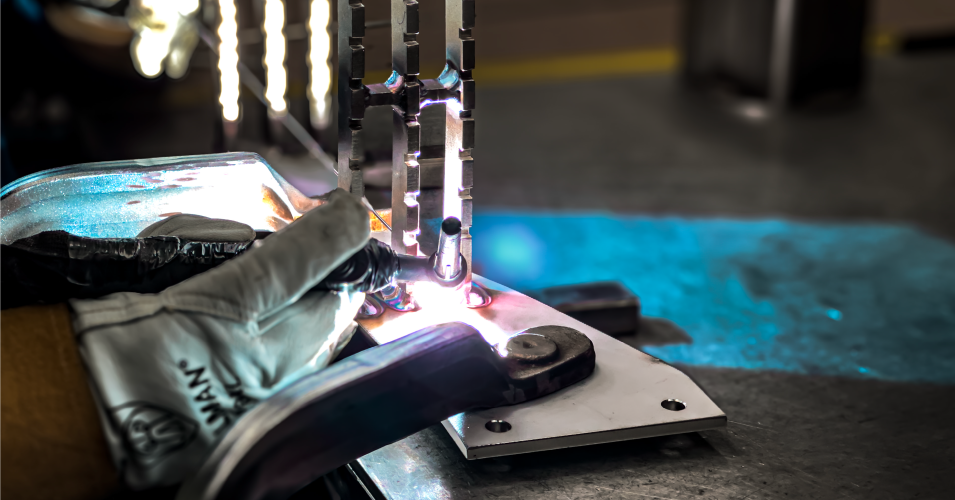
An Overview of the Types of Metal Fabrication
Metal fabrication is a broad term for several types of fabrication processes. These methods include cutting, punching, forming, shearing, and welding. In each case, the metal is shaped, cut, or molded into the desired finished product. Manufacturers employ these processes individually or in combination to mass-produce parts and create custom, one-of-a-kind designs. Which types of fabrication are suitable for your organization? We break them down here.
Common Types of Metal Fabrication
Cutting
Cutting is often one of the first steps in a long fabrication process. Depending on the desired outcome, it may be the only step to creating a finished product. Today’s methods for cutting metal include laser, waterjet, and plasma cutting systems, along with power scissors.
Forming
Used to create structural parts and components out of metal sheets, forming is one of the most common types of metal fabrication. During this process, metal is bent or distorted to create a desired shape.
Punching
This process uses a particular type of machine called a punch press to easily create holes in metal. The method creates uniquely shaped pieces from the metal — also known as blanks. Additionally, the end-user might employ holes in the larger sheet for fastening purposes.
Shearing
Shearing is a fast and easy way to trim unwanted material from metal. Typically, a manufacturer will mount two blades above and beneath the metal to produce one extended, straight cut.
Welding
Manufacturing professionals use welding to join two or more pieces of metal through heat and pressure. There are many types of welding, but the three most common are Arc, TIG, and MIG welding.
Arc Welding
Also referred to as stick welding, arc welding is the oldest of the three techniques. It uses an electric arc and intense heat to melt and fuse metals. Arc welding is highly efficient and can streamline your welding process. And — while all welding creates a strong bond between two metals — arc welds are by far the strongest.
TIG Welding
Tungsten Inert Gas (TIG) welding is also known as Gas Tungsten Arc Welding (GTAW). It’s a process that produces a weld with a non-consumable tungsten electrode. It became a hit in the 1940s because it uses an inert gas shield instead of slag to protect the weld pool. As such, it was an attractive replacement for arc welding.
MIG Welding
Metal Inert Gas (MIG) welding may also be referred to as Gas Metal Arc Welding (GMAW). It uses a heated continuous solid wire electrode pushed into the weld pool from a welding gun. As it melts the two materials together, the gun offers a shielding gas to protect the weld pool from contaminants.
Want to Know What Types of Fabrication are Right for Your Project? Turn to Cameron Manufacturing & Design
For decades, Cameron Manufacturing & Design has been providing quality machining, metal finishing, welding and fabrication, engineering design, and equipment installation services to companies across the U.S. With two robust facilities and an experienced workforce, we’re ready to support your manufacturing needs.
As an employee-owned company, our workforce feels a duty to provide quality products, on-time delivery, and unmatched customer service. With these core beliefs, we’ve learned to adapt to a challenging and ever-changing industry while withstanding the test of time.
Over the years, we’ve provided services to companies in various industries, and we’re ready to do the same for your organization. Contact us today to get started on your next project.
Recent Posts
- Choosing the Right Fabricator for Custom Pet Food Processing Equipment
- Crafting Custom Machinery & The Types Sheet Metal Used In Fabrication
- Crafting Excellence Bridging Heavy Fabrication and Light Manufacturing
- What is Precision Sheet Metal Fabrication
- Cameron Manufacturing & Design: Your Top Choice for CNC Laser Projects
Trust the CMD Team With Your Next Project
Our highly-skilled team across multiple areas of expertise will deliver a finished product that meets or exceeds your expectations.
